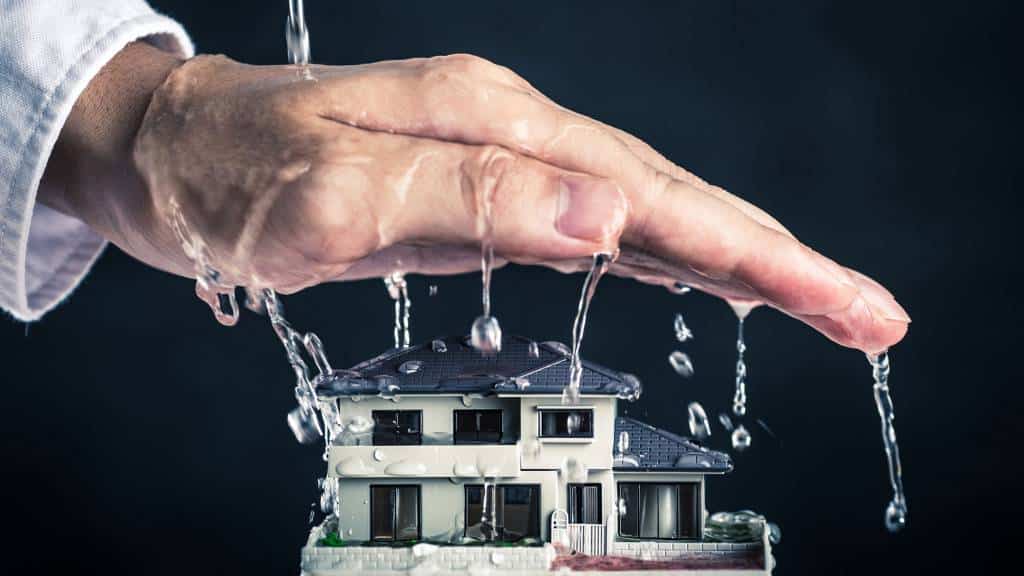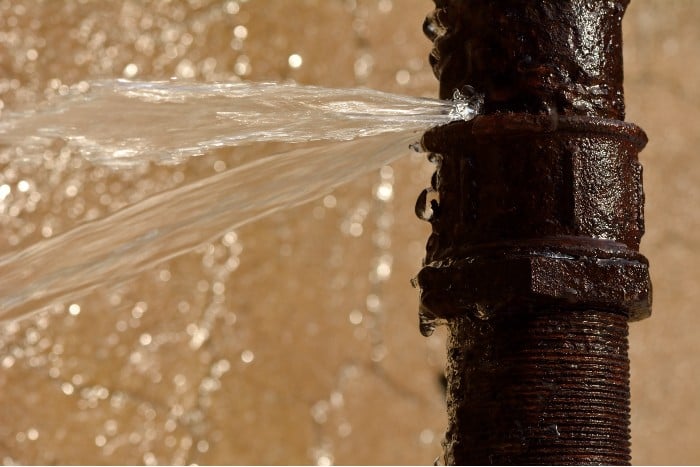Identify A Half-Dozen of The Commonest Causes for Leakage Within Your Home
Identify A Half-Dozen of The Commonest Causes for Leakage Within Your Home
Blog Article
We have come across this post about How to Find Water Leaks directly below on the internet and reckoned it made perfect sense to talk about it with you on this page.

Leaks not only trigger waste of water however can additionally trigger unneeded damages to your residence as well as promote undesirable organic growth. By understanding and looking for day-to-day situations that create leaks, you can secure your residence from future leaks and also unnecessary damages.
Intruding origins
Most water leakages start outside the house instead than inside it. You might see damp spots or sinkholes in your yard, and that may imply that tree origins are attacking water lines creating water to seep out.
Corroded water supply
This may be the reason of discoloration or bending on your water pipes. If our plumbing system is old, think about replacing the pipelines given that they are at a higher danger of corrosion than the more recent models.
Defective Pipeline Joints
The point at which your pipelines connect is regularly the weakest web link in the waterline. Pipe joints can degrade with time, leading to water leaks. The majority of pipe joints are not easily noticeable. If you have noisy pipes that make ticking or banging noises, specifically when the hot water is turned on, your pipeline joints are probably under a lot of stress. It is a good idea to have your plumber evaluate your system yearly.
Immediate temperature level changes.
Extreme temperature level modifications in our pipes can cause them to expand and acquire suddenly. This growth as well as tightening may cause cracks in the pipes, especially if the temperature level are listed below cold.
Poor Water Connectors
At times, a leakage can be created by loosened pipes as well as pipes that provide your devices. In case of a water links leakage, you may notice water running straight from the supply line or puddles around your home appliances.
Obstructed Drains
Clogged drains pipes may be frustrating and also inconveniencing, but they can occasionally end up creating an overflow leading to burst pipelines. Keep removing any kind of materials that might go down your drains that can clog them to stay clear of such hassles.
All the above are causes of leakages yet not all water leakages arise from plumbing leaks; some leakages might originate from roof leakages. All leakages should be fixed promptly to avoid water damages.
Leaks not just trigger waste of water however can also create unnecessary damages to your residence as well as promote undesirable natural growth. By looking and also recognizing for day-to-day situations that cause leakages, you can protect your house from future leaks as well as unneeded damages. Today, we will look at 6 leakage creates that might be creating your pipes to leak.
At times, a leakage can be triggered by loosened pipes and pipelines that supply your devices. In case of a water connections leak, you might discover water running straight from the supply line or puddles around your home appliances.
How To Check For Water Leak In Your Home
How To Check for Leaks
The average household's leaks can account for nearly 10,000 gallons of water wasted every year and ten percent of homes have leaks that waste 90 gallons or more per day. Common types of leaks found in the home are worn toilet flappers, dripping faucets, and other leaking valves. These types of leaks are often easy to fix, requiring only a few tools and hardware that can pay for themselves in water savings. Fixing easily corrected household water leaks can save homeowners about 10 percent on their water bills.
To check for leaks in your home, you first need to determine whether you're wasting water and then identify the source of the leak. Here are some tips for finding leaks:
Take a look at your water usage during a colder month, such as January or February. If a family of four exceeds 12,000 gallons per month, there are serious leaks.
Check your water meter before and after a two-hour period when no water is being used. If the meter changes at all, you probably have a leak.
Identify toilet leaks by placing a drop of food coloring in the toilet tank. If any color shows up in the bowl after 10 minutes, you have a leak. (Be sure to flush immediately after the experiment to avoid staining the tank.)
Examine faucet gaskets and pipe fittings for any water on the outside of the pipe to check for surface leaks.
Undetected water leaks can happen without the home or business owner even realizing. If you suspect a water leak, but not able to find the source. It is time to contact a professional water leak detection service, The Leak Doctor.
How To Find a Water Leak In Your Home
https://www.leakdoctor.com/blog/How-To-Check-For-Water-Leak-In-Your-Home_AE197.html

I recently found that piece of writing on How to detect water leaks in your home when doing a search on the internet. Appreciated our blog posting? Please share it. Help somebody else find it. Thank you for your time. Please check up our website back soon.
Book A Free Estimate Report this page